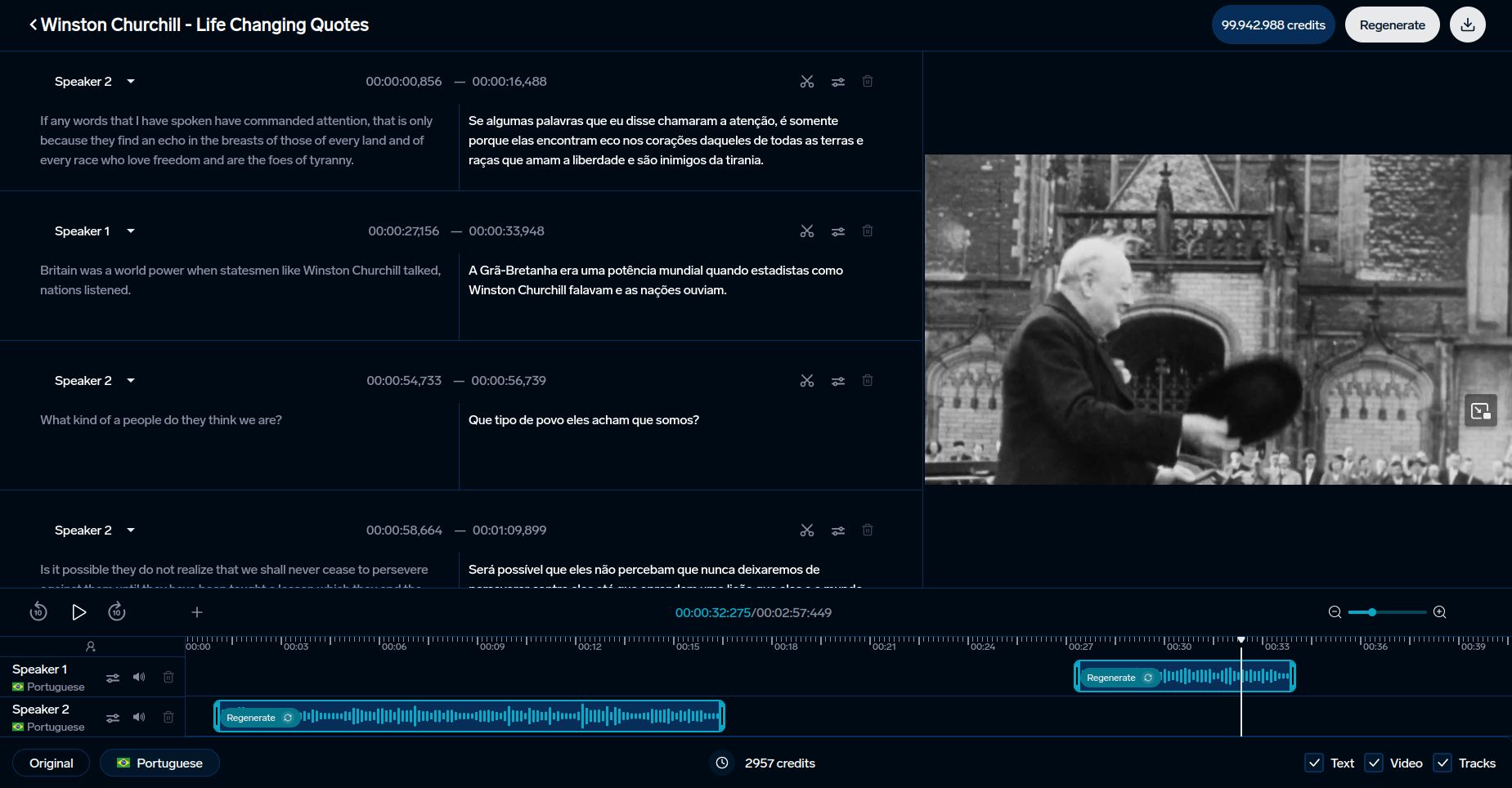5 Common Accent Issues in AI Dubbing
AI dubbing has made translating content easier, but accents still pose major challenges. Here are the top 5 problems AI faces when handling accents and how they impact dubbing quality:
- Regional Accents: Unique pronunciations, like Southern drawls or Boston accents, confuse AI models.
- Mixed-Language Speech: Accents influenced by multiple languages, such as Cajun English, are hard to process.
- Pitch and Tone: AI often sounds robotic, struggling with natural emotional variations.
- Rare Accents: Limited training data for accents like Michigan’s Yooper leads to inaccuracies.
- Local Expressions: Idioms and slang are often misinterpreted, losing their true meaning.
Fixing these issues requires diverse training data, advanced tools like DubSmart, and human review to ensure natural, accurate dubbing. Addressing accent challenges improves communication, accessibility, and audience engagement globally.
5 Accent Problems in AI Dubbing
1. Regional Accents and Dialects
AI dubbing systems face major hurdles when dealing with regional accents. For example, Southern American English, known for its drawl and phrases like "y'all", often confuses AI models. Similarly, accents from urban areas like Boston and New York City, with their distinct pronunciations, pose challenges for accurate processing and reproduction.
2. Mixed-Language Speech Patterns
Mixed-language influences make AI dubbing even more complex. Take Cajun English, for instance - its French-inspired speech patterns often leave AI systems struggling to interpret and replicate it correctly. These multilingual elements require advanced processing to ensure accurate voice reproduction.
3. Pitch and Tone Challenges
AI systems often produce flat, robotic speech because they struggle with natural pitch and tone variations. This issue becomes especially noticeable when dubbing emotional speech, where conveying the right tone is crucial for a believable result.
4. Limited Data for Rare Accents
Accents like Michigan's Yooper or North Carolina's Hoi Toider often lack enough training data, making it hard for AI to replicate them accurately. Without sufficient resources, AI systems fail to recognize and reproduce these unique speech patterns effectively.
5. Misinterpreting Local Expressions
AI frequently mishandles idioms and slang, leading to literal translations that miss the intended meaning or cultural context. This creates inaccuracies in dubbed content, especially when dealing with region-specific phrases. Addressing these subtleties is critical for producing culturally relevant dubbing.
Companies like Sanas are working on real-time accent translation technologies to tackle these issues, showing how AI can better handle diverse speech patterns in the future. These advancements aim to improve the overall quality and accessibility of AI dubbing.
How to Solve Accent Problems in AI Dubbing
Tackling accent challenges in AI dubbing requires a thoughtful mix of advanced technology and human input.
Use Tools Like DubSmart

DubSmart uses AI algorithms designed to handle a wide range of speech patterns, delivering natural accents in 33 languages. Its voice cloning features help overcome regional and cultural speech differences, offering a practical solution for content creators aiming for consistency.
However, even with tools like DubSmart, human expertise is still a key part of creating high-quality dubbing.
Combine AI with Human Review
Human reviewers step in to refine AI-generated outputs, ensuring accurate pronunciation, cultural sensitivity, and correcting any errors in regional expressions. This collaborative approach is especially helpful for handling tricky accents, such as Appalachian or Long Island dialects.
But technology and human effort alone aren't enough - training data plays a major role in improving AI's performance with accents.
Train AI with Diverse Speech Data
Adding more diverse accents to training datasets, like Southern American English, helps AI better understand and replicate unique speech patterns. Developers are actively working to include underrepresented dialects and frequently updating datasets to keep improving dubbing quality.
sbb-itb-f4517a0
Why Fixing Accent Issues Matters
Addressing accent challenges in AI dubbing is key to ensuring clear communication and inclusivity. It’s not just about technical fixes - it’s about delivering content that works for everyone, from creators to viewers.
Clearer Access for Diverse Audiences
For content to reach a wide audience, accents need to be understood easily. Research from Guide2Fluency shows that AI often struggles with regional accents, especially Southern American English. For example, accents that mix Southern English with influences like Cuban or Cajun speech can be particularly tricky for AI to process.
Smoother Viewer Experience
When AI mishandles accents, it can disrupt the flow of a video and break the viewer’s immersion. On the other hand, accurate dubbing that respects accent nuances keeps the experience smooth and engaging. This not only preserves the original tone of the content but also makes it accessible to broader audiences. Poor accent handling can hurt accessibility and even reduce viewer trust.
Connecting with Global Audiences
Handling accents effectively helps creators stay true to cultural elements while reaching new audiences. By addressing regional speech differences - like vowel shifts or local slang - creators can:
- Enter new markets without losing cultural context
- Build trust with local communities
- Deliver content that feels relevant and inclusive across different regions
Using advanced tools and diverse training data, creators can tackle these challenges and make their content resonate on a global scale.
Conclusion
Handling accents in AI dubbing remains a tough hurdle, as regional and cultural nuances are often tricky for AI to replicate accurately. Tackling these issues calls for a mix of advanced technology and human involvement.
Platforms like DubSmart show how tools like voice cloning and expanded language options can help break down accent barriers. These tools hint at a future where AI can better connect people across languages, though there’s still more work to be done.
By focusing on challenges like regional accents, mixed-language speech, and cultural nuances, tools such as Adobe Podcast's Enhance and Sanas' real-time accent translation are making strides in adjusting speech patterns while keeping them natural.
To succeed, AI dubbing must blend powerful tools, human input, and diverse training data. As these technologies improve, we’ll likely see solutions that balance cultural sensitivity with clear communication, making them more effective for global audiences.
Moving forward, the key will be combining technological advancements with human oversight. By addressing accent challenges directly, content creators can ensure their work resonates with audiences worldwide while respecting cultural differences. The future of AI dubbing holds the promise of greater inclusivity and natural communication for global viewers.
FAQs
Here are answers to some common questions about accent-related challenges in AI dubbing and how they are being addressed:
How does AI speech recognition struggle with different accents?
AI speech recognition often falters with certain accents because of limited training data, flaws in algorithms, and deployment challenges. For instance, accents like Appalachian or Long Island, which feature distinct pronunciation patterns, can confuse AI systems. This creates hurdles for users from these regions.
What tools address accent issues in AI?
Some AI platforms are tackling these problems with advanced tools. For example, Sanas provides real-time accent neutralization for call centers, while Adobe Podcast's Enhance tool adjusts accents while keeping the voice's natural tone. These solutions aim to improve voice clarity and make content more accessible globally.
How can organizations improve AI's accent recognition?
To enhance accent recognition, organizations can:
- Gather a wide range of speech samples from diverse accents.
- Regularly test AI models and involve human reviewers to identify and fix errors.
- Ensure consistent quality control across various accent groups.
